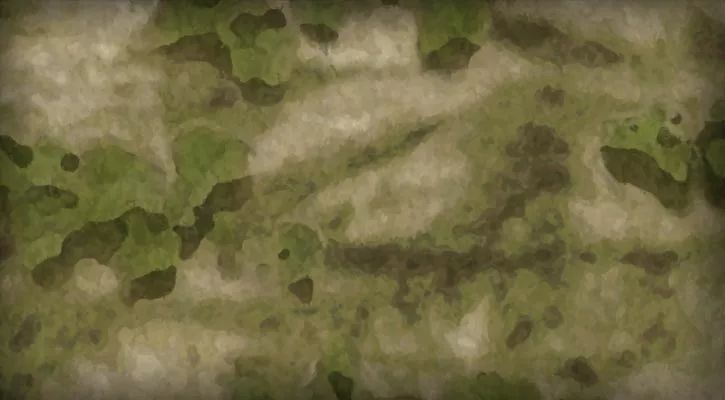Throughout history, countries around the world have introduced camouflage clothing to equip their own troops, with a wide variety and complex types of camouflage. Today, we will take a look at several common camouflages currently popular in the WARGAME community.
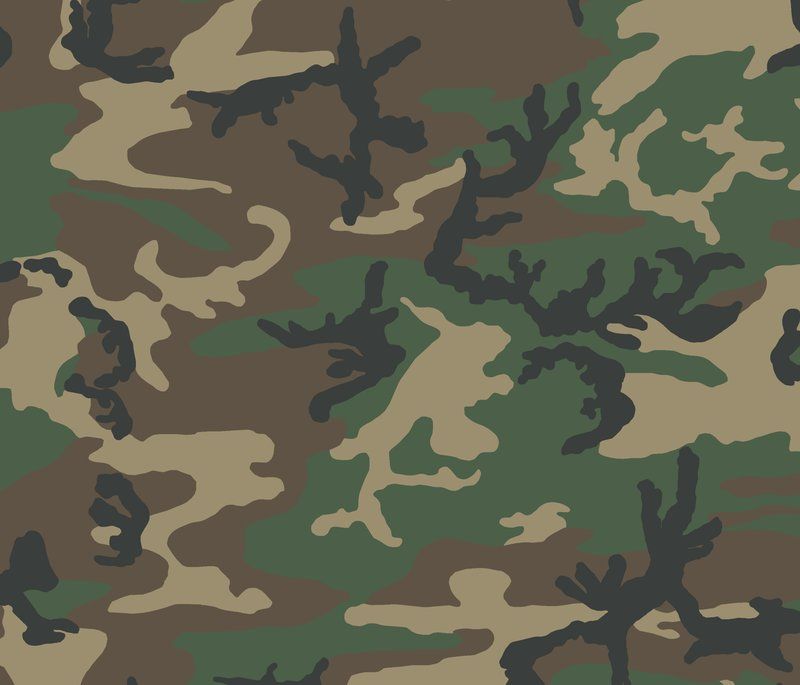
M81 Woodland (Forest Camo) is a derivative version of M65 ERDL, which has expanded by 60% on the original pattern and retained the same color scheme. It is characterized by narrow leaf patterns and large irregular color block areas. The M65 ERDL camouflage was a tropical camouflage pattern used by the US military during the Vietnam War. It is a universal jungle camouflage designed by the US Army Engineering Research and Development Laboratory (ERDL). It mainly has branches with black vein patterns on brown, grass green, and gray green backgrounds, so this mode is also known as the "Leaf Leaf" camouflage. It is distributed by the US military to the Marine Corps engaged in combat in Vietnam.
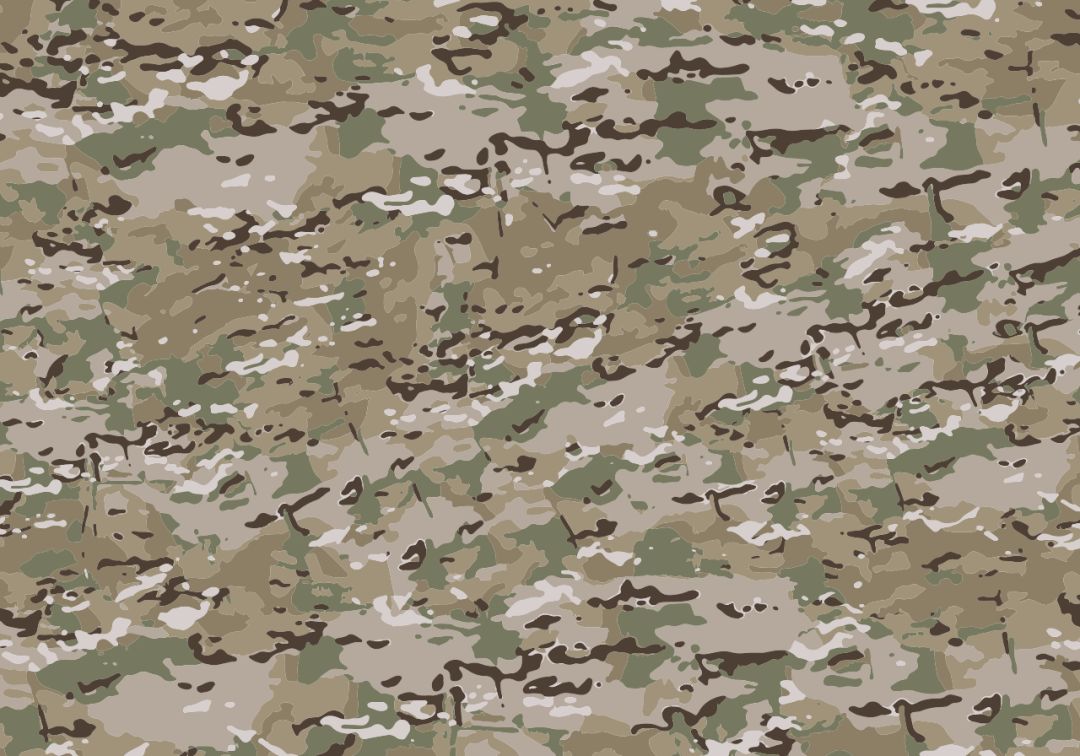
MultiCam, MC Camouflage, full name Multi Environment Camouflage, designed by Crye Precision (CP) in the United States, meaning Multi Environment Camouflage. MultiCam uses seven tones to adapt to different environments, seasons, altitude, and brightness changes. Made its debut in 2002, MultiCam is designed specifically for use by the US Army in various environments, seasons, elevations, and lighting conditions. In the later stage, many similar camouflages were derived.
Traditional camouflage clothing is covered in irregular color patches. On the one hand, these patches can distort the contours of the human body, and on the other hand, some of the patch colors are similar to the background color, while some patches have significant color differences from the background. This visually separates the human body shape and achieves a good camouflage effect. After years of research and improvement, the US military developed the later Universal Camo Style (UCP). Generally composed of pixel like square points, they can provide camouflage at various observation scales (corresponding to various distances), and are also known as digital camouflage. Of course, digital camouflage is not entirely composed of pixels.
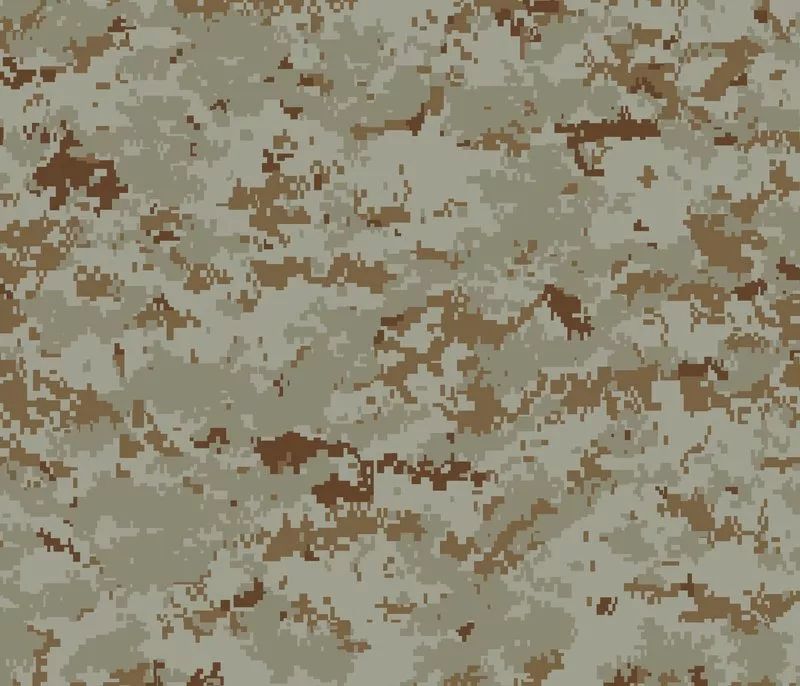
MARPAT is a digital camouflage pattern used by the US Marine Corps, with the desert style shown above. The US government has applied for a patent for MARPAT, including its pattern, color, and cannot be used for general commercial sales. The unofficial reproduction of MARPAT camouflage is commonly referred to as "Desert Digital" camouflage and "Jungle Digital" camouflage, which have a huge supply in the civilian market.
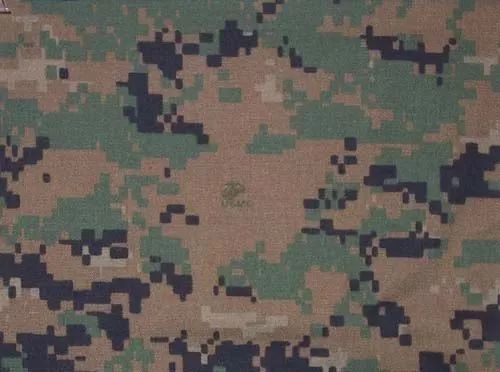
General Ruins, A-TACS AU. Designed specifically for urban and arid environments. The A-TACS AU pattern can be successfully mixed with rocks, sand, bark, and brushes. Most of the color trays used in the AU pattern contain shades of brown and tan, with a hint of green.
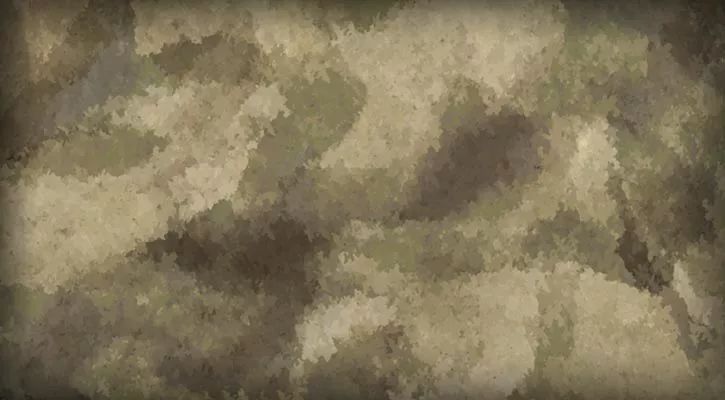
Jungle Ruins, A-TACS FG. Designed specifically for tropical and forest areas.
